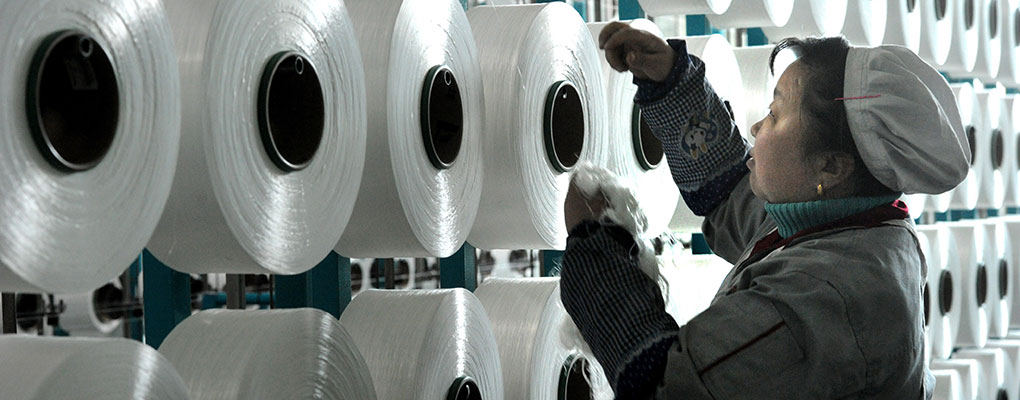
New data shows that the second-largest economy in the world ended 2014 more positively than expected, with imports jumping 9.7 percent and imports down 2.3 percent from a year earlier. State news agency Xinhua said these final figures mean exports were up 6.1 percent for the year compared with 2013, while imports rose by 0.4 percent. The results still missed the government’s trade growth target of 7.5 percent, but left the country with a surplus of $49.1bn for the month.
[E]conomic growth slowed to 7.3 percent in 2014, marking China’s weakest year since 1990
Meanwhile, analysts had expected exports to rise by a more modest 6.8 percent, and imports to fall by more than seven percent. Even as domestic demand is restricted by a property slump and tighter credit conditions, strong economic activity in the US, China’s largest export market for three years running now, is bolstering its factories.
Yet economic growth slowed to 7.3 percent in 2014, marking China’s weakest year since 1990, when the country found itself under international sanctions following the Tiananmen Square massacre. As a result of this, economists expect the government to slash its GDP growth target for 2015 to around seven percent, as well as lowering its annual trade growth target.
Although the results are somewhat positive and lessen the urgency for China’s central bank to introduce stimulus measures for now, economists aren’t too optimistic. “The data shows the resilience of Chinese exports in the face of soft global demand – and this is positive because China still relies heavily on foreign markets for generating economic growth,” Dariusz Kowalczyk, Senior Economist and Strategist at Credit Agricole, told CNBC. “But, we still think the data is consistent with the need to ease policy in order to achieve stronger domestic demand.”


